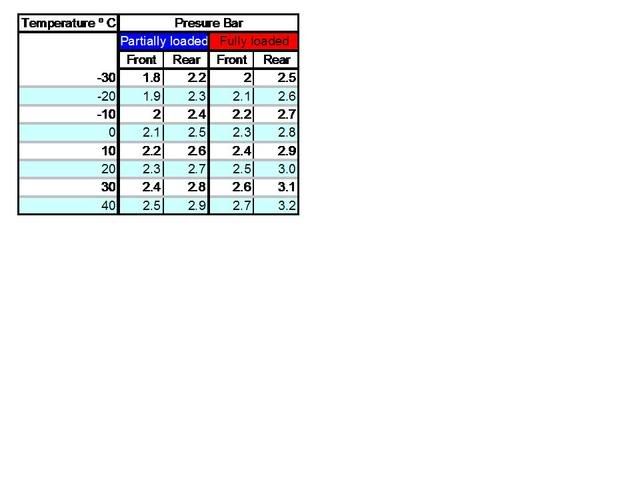Just aligned all my wheels whilst cold with my new digital air compressor. I have verified the pressures also with a hand-held digital gauge. This is how I set them up (in psi):
34 - | - 34
40 - | - 40
Interestingly though when I now look at my TPMS readout in the car it shows:
31 - | - 31
37 - | - 37
So -3psi down on the real reading.
Even more interesting is that when you check the 'info pressure' in the TPMS menu it shows:
+2 - | - +2
+2 - | - +2
Meaning the tyres are over-inflated by 2psi each, which doesn't match with the recommended 34/40 as indicated inside the door.
So the question is: is this common, or should I take my car back to the dealership to have the TPMS adjusted?

34 - | - 34
40 - | - 40
Interestingly though when I now look at my TPMS readout in the car it shows:
31 - | - 31
37 - | - 37
So -3psi down on the real reading.
Even more interesting is that when you check the 'info pressure' in the TPMS menu it shows:
+2 - | - +2
+2 - | - +2
Meaning the tyres are over-inflated by 2psi each, which doesn't match with the recommended 34/40 as indicated inside the door.
So the question is: is this common, or should I take my car back to the dealership to have the TPMS adjusted?










